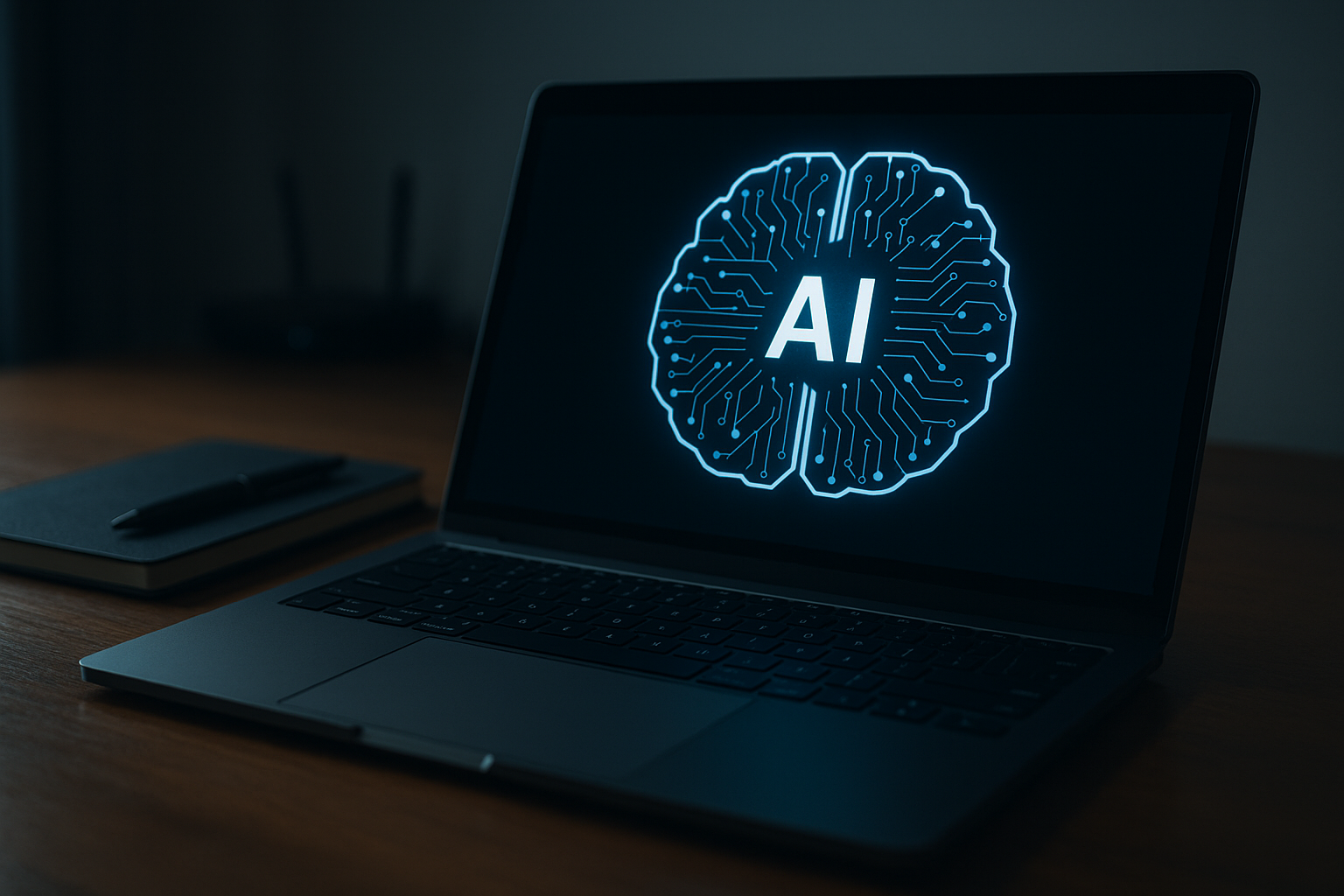Decentralized AI is reshaping power and shattering safeguards
For the past several years, AI governance has relied heavily on the assumption that powerful models are deployed by major technology companies through cloud-based platforms. This centralized structure has enabled control points, such as API access restrictions, safety guardrails, content moderation systems, and data usage monitoring, that regulators and developers can rely on to enforce ethical and legal boundaries.

With the rapid adoption of artificial intelligence technologies, a new challenge is emerging: AI models no longer reside exclusively in tightly controlled corporate data centers. They’re now running on local machines, laptops, and edge devices, well beyond the oversight of traditional governance frameworks. In a critical development, this shift in deployment architecture could threaten the effectiveness of safety protocols, regulation, and accountability across AI applications.
In the peer-reviewed study titled “Local AI Governance: Addressing Model Safety and Policy Challenges Posed by Decentralized AI,” published in AI, author Bahrad A. Sokhansanj delivers a forward-looking review of how open-source, locally-deployable AI models are creating new demands on policy and technical safeguards. The study explores how the decentralization of generative AI, particularly large language models (LLMs), undermines centralized control mechanisms and requires fundamentally new approaches to governance.
Why cloud-based AI governance is failing
For the past several years, AI governance has relied heavily on the assumption that powerful models are deployed by major technology companies through cloud-based platforms. This centralized structure has enabled control points, such as API access restrictions, safety guardrails, content moderation systems, and data usage monitoring, that regulators and developers can rely on to enforce ethical and legal boundaries.
However, this study underscores a fundamental shift: advances in open-source model development and affordable consumer-grade GPUs now allow individuals to run powerful LLMs and multimodal models on personal hardware. These local models operate offline, without real-time surveillance or corporate oversight. As a result, traditional governance tools, originally designed for centralized deployment, become ineffective or obsolete.
The study asserts that the move to “local AI” erodes visibility and accountability. AI models can now be trained, modified, and deployed in private environments, enabling the development of unregulated agents that can generate unsafe content, spread disinformation, or circumvent ethical protocols without detection. Regulatory frameworks that depend on a corporate intermediary are ill-equipped to manage risks at this decentralized edge.
What makes local AI so hard to govern?
According to the study, the decentralized nature of local AI breaks many of the assumptions embedded in today’s AI policy design. Locally deployed AI eliminates key monitoring and enforcement vectors, such as centralized data access logs or mandatory identity verification. Because local systems can operate in isolation, they also pose serious technical and legal challenges.
From a technical perspective, existing safety tools, such as reinforcement learning with human feedback (RLHF), content filtering, or server-side auditing, are either unavailable or ineffective on decentralized platforms. When a user can directly control the model, alter safety settings, or fine-tune outputs without oversight, the risk of abuse escalates rapidly. Moreover, the rapid pace at which local models are catching up to state-of-the-art proprietary models makes it harder for regulatory tools to evolve fast enough.
From a policy standpoint, Sokhansanj outlines how decentralized AI threatens to fracture regulatory accountability. Who is responsible when a local AI agent engages in harmful behavior? Can users be held liable, or should model creators and distributors bear responsibility? These questions remain largely unanswered in existing AI legislation, which typically focuses on corporate entities and public-facing platforms.
The study also notes the increased risk of fragmented governance in jurisdictions where regulatory frameworks are not harmonized. Without a clear path for monitoring or enforcement, decentralized AI may proliferate globally, outpacing national and international efforts to ensure responsible deployment.
Proposed pathways for safer, decentralized AI futures
Rather than resisting decentralization outright, the study calls for a nuanced approach that balances the democratizing potential of local AI with concrete technical and policy innovations to mitigate harm. Sokhansanj presents a two-pronged framework:
Technical Adaptations for Local AI: New safety mechanisms are needed to function within decentralized environments. These include:
- Content provenance tools to trace and verify the origin of AI-generated outputs.
- Configurable sandboxed environments that restrict a model’s system-level permissions.
- Decentralized oversight mechanisms, including open-source governance communities that can vet and monitor model updates or usage patterns collaboratively.
Adaptive Policy Frameworks: The study suggests moving toward polycentric governance models, decentralized legal systems that allow for coordination between local, regional, and global actors. This approach promotes:
- Community-driven enforcement, where open-source developers and user networks participate in shaping and auditing ethical standards.
- Liability-safe harbors to define responsibilities and protections for open-source contributors and small-scale users, ensuring innovation isn’t stifled while still creating legal boundaries for misuse.
The author also urges policymakers to treat AI governance as a dynamic, iterative process, especially as hardware and model accessibility continue to evolve.
- FIRST PUBLISHED IN:
- Devdiscourse










